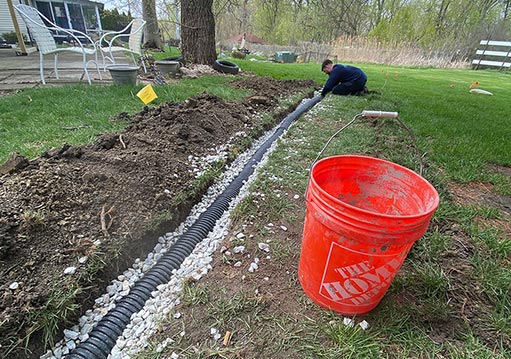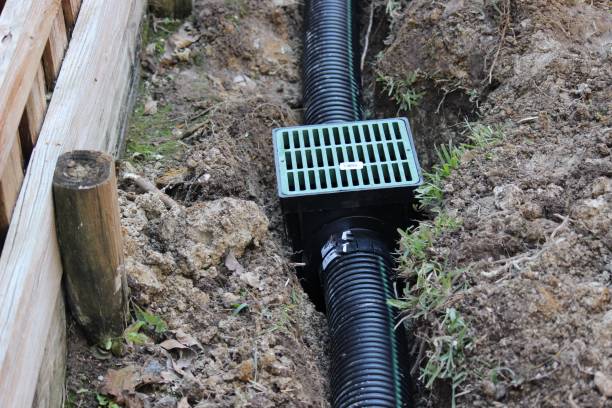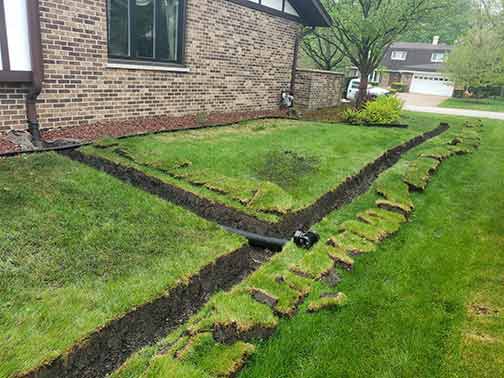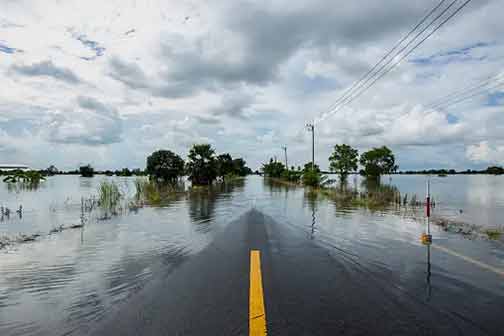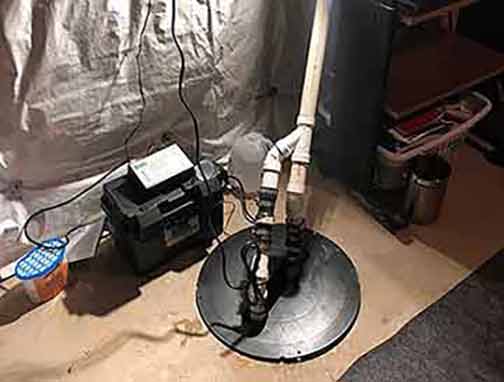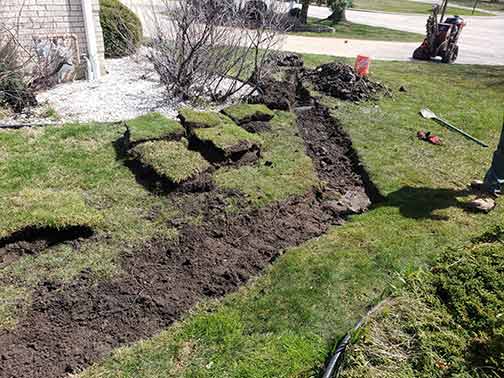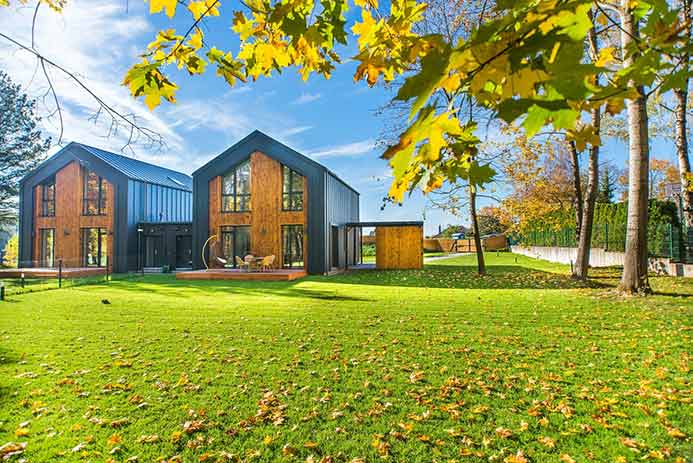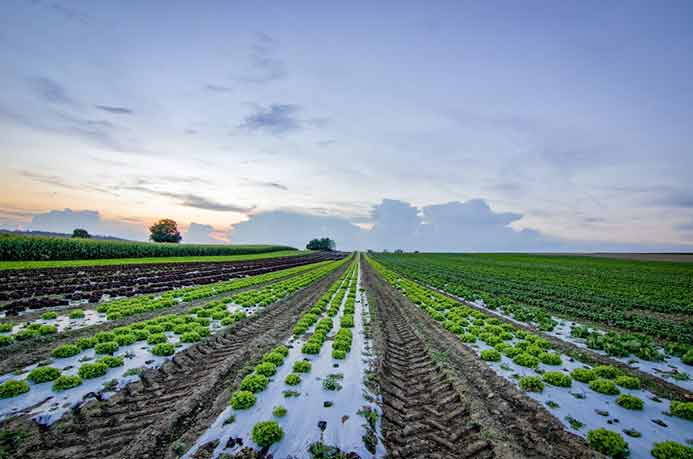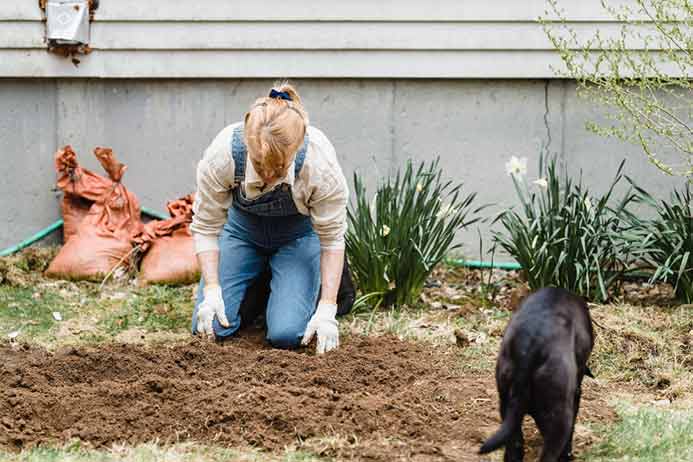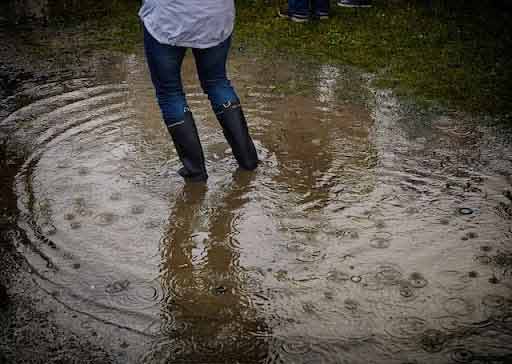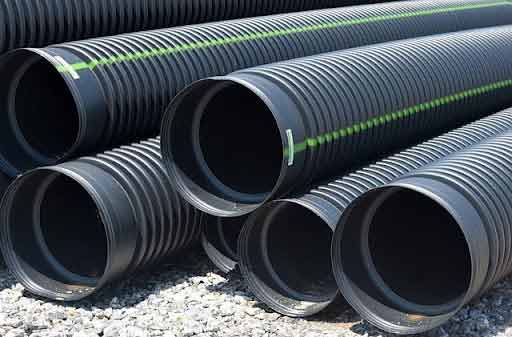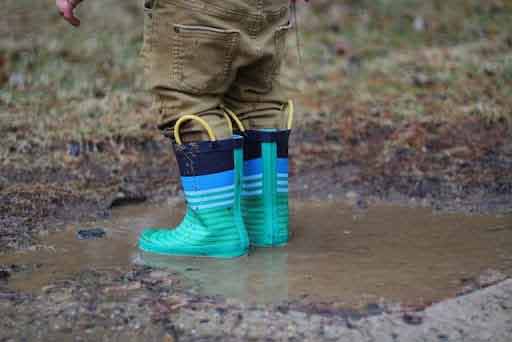What is a French Drain System?
In the state of Illinois, where heavy rainfall is a common occurrence, homeowners and property owners often face the challenge of excess water accumulation in their yards and basements. This could lead to various issues, including water damage, flooding, and mold growth. To tackle this problem, many people turn to French drain systems. A French drain is a drainage system designed to redirect water away from structures and low-lying areas, preventing damage and maintaining a dry environment.
The Benefits of French Drain Systems in Illinois
Installing a French drain system in your property can bring about numerous benefits, especially in a state like Illinois where rain and snowfall are frequent. Let’s explore some of the advantages that make a French drain installation an excellent solution for managing excess water:
Prevents Water Accumulation and Damage
One of the primary benefits of using French drain systems is their ability to prevent water accumulation and subsequent damage to your property. By redirecting water away from your foundation, basement, and yard, French drains help maintain a dry environment, reducing the risk of water-related problems such as flooding and mold growth.
Protects Foundation and Structures
A French drain system acts as a protective barrier against water infiltration, safeguarding the foundation of your property. Excess water accumulation can weaken the foundation over time, leading to structural problems and costly repairs. By channeling water away, French drains help preserve the integrity and stability of your property’s foundation.
Prevents Basement Flooding
Basement flooding is a common issue faced by homeowners in Illinois, especially during heavy rainfall or snowmelt. French drain systems play a critical role in preventing basement flooding by capturing and redirecting water away from your basement walls and floor. By keeping your basement dry, you can avoid damage to stored belongings and valuable property.
Controls Soil Erosion
Illinois is known for its fertile soil, but excessive water can lead to erosion, washing away topsoil and damaging landscapes. French drains mitigate soil erosion by efficiently capturing and redirecting water away from vulnerable areas, preserving your landscaping and preventing unsightly erosion patterns.
Improves Yard Drainage
Poor yard drainage can transform your beautiful lawn into a soggy mess. French drains help improve yard drainage by effectively channeling excess water away from the surface, promoting healthier grass, plants, and trees. With proper yard drainage, you can avoid waterlogged soil, root rot, and other issues that can negatively impact your landscape.
Reduces Moisture-Related Health Risks
Excessive moisture and water accumulation can create a breeding ground for mold and mildew, posing health risks to occupants. French drains help reduce these risks by keeping your property dry and preventing moisture from seeping into your home. By maintaining a healthy indoor environment, you can protect your family from potential respiratory problems and allergies.
Increases Property Value
Installing a French drain system can increase the value of your property. Prospective buyers appreciate the added peace of mind that comes with knowing a property is equipped with effective water management systems. By investing in a French drain, you not only enjoy the immediate benefits but also enhance the resale value of your property.
Customized Solutions for Illinois
French drain systems can be customized to suit the specific needs and conditions of Illinois properties. A professional drainage contractor can assess your property’s unique requirements and design a French drain system that precisely addresses the water management challenges you face.
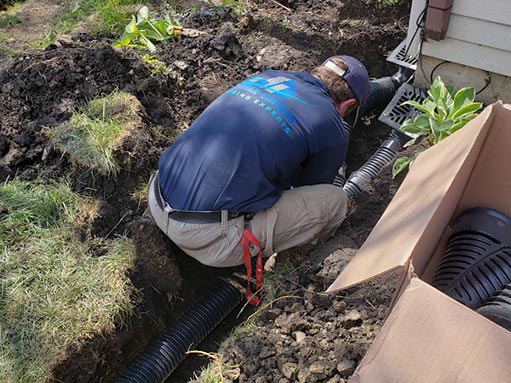
Professionals use high-quality materials and follow industry best practices to ensure a durable and efficient French drain system.
Hiring a Professional Drainage Contractor
When considering the installation of a French drain, it is crucial to hire a professional drainage contractor to ensure optimal results. Here are a few reasons why hiring a professional is the best approach:
- Expertise: Professional contractors have the knowledge and expertise to design and install an effective French drain system tailored to your property.
- Quality Installation: Professionals use high quality materials and follow industry best practices to ensure a durable and efficient French drain system.
- Proper Permits: Experienced drainage contractors understand the local regulations and obtain the necessary permits for the installation, ensuring compliance with Illinois building codes.
- Cost-Effective: While some homeowners may consider installing a French drain themselves, hiring a professional can save time, money, and potential issues caused by improper installation.
- Maintenance: Professional contractors can also provide guidance on maintaining and servicing your French drain system, ensuring long lasting performance and reliability.
A French drain offers a multitude of benefits for Illinois homeowners and property owners. By preventing water accumulation, protecting foundations, avoiding basement flooding, controlling soil erosion, improving yard drainage, reducing health risks, and increasing property value, French drains are a valuable investment. To ensure a successful installation and optimal performance, it is recommended to hire a professional drainage contractor who can design and install a customized French drain system tailored to your property’s unique needs.
—
